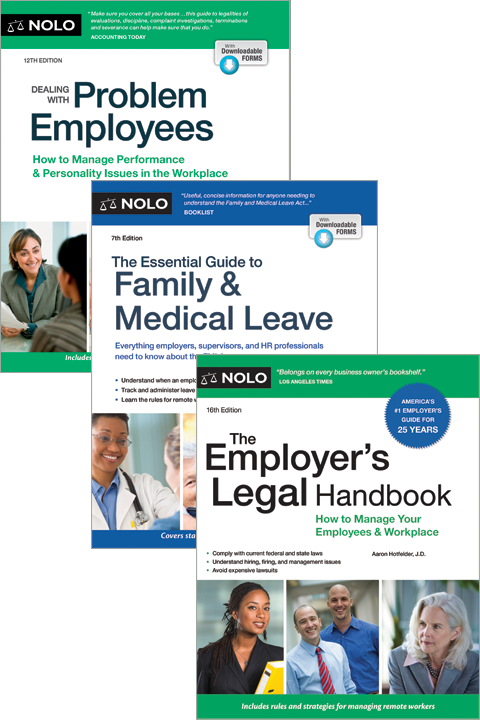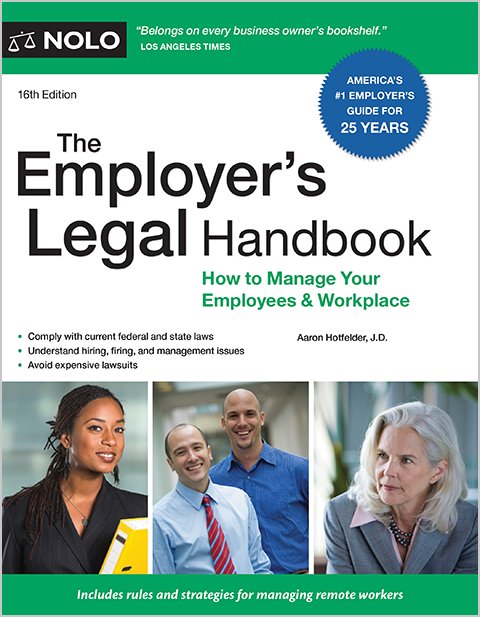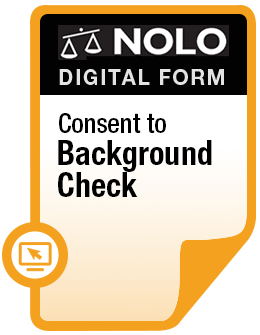Disparate impact lawsuits claim that an employer's facially neutral practice had a discriminatory effect.
Disparate impact is a way to prove employment discrimination based on the effect of an employment policy or practice rather than the intent behind it. Laws that prohibit employment discrimination apply not only to intentional discrimination, but also to apparently neutral policies and practices that have a disproportionate adverse affect on members of a protected class.
For example, a strength requirement might screen out disproportionate numbers of female applicants for a job, and requiring all applicants for promotion to receive a certain score on a standardized test could adversely affect candidates of color.
How to Prove Disparate Impact Discrimination
To get a disparate impact case off the ground, the employee must present evidence that an employer's neutral policy, rule, or practice has a disproportionate negative impact on members of a protected class.
Objective criteria, such as tests, degree requirements, and physical requirements (for lifting or stamina, for example), may be challenged under a disparate impact theory. Subjective criteria, such as performance, collegiality, or impressions made during an interview, may also be the subject of a disparate impact case.
Once the employee makes this showing, the employer may defend itself either by challenging the employee's evidence (usually by attacking the statistics used to demonstrate the disparate impact) or by proving that the policy or rule in question is job-related and consistent with business necessity.
If the employer proves the business necessity defense, the employee can still win by proving that the employer refuses to adopt an alternative practice with a less discriminatory effect.
Griggs v. Duke Power Co: The First Disparate Impact Case
Before Title VII went into effect in 1965, the Duke Power Company's plant in North Carolina openly discriminated against African Americans. African Americans could be employed only in the labor department, where the highest paying jobs paid less than the lowest paying jobs in the plant's four other departments.
After Title VII became law, the company dropped the overt segregation, but adopted a requirement that applicants for hire or transfer to any but the labor department had to have a high school diploma or receive a satisfactory score on two IQ tests. Thirteen African American employees sued, claiming that these requirements were discriminatory.
The Supreme Court agreed, finding that "practices, procedures, or tests neutral on their face, and even neutral in terms of intent, cannot be maintained if they operate to ‘freeze' the status quo of prior discriminatory employment practices." Because of the nation's long history of providing inferior educational opportunities to African Americans in segregated schools, the company's requirements for hire or transfer did not offer equal opportunity.
The Court adopted the rule of business necessity, holding that an employment practice that has a discriminatory effect must be related to job performance. Here, the IQ tests did not measure any job-related skill, and were therefore illegal. Griggs v. Duke Power Co., 401 U.S. 424 (1971).
Difference Between Disparate Impact and Disparate Treatment
The terms "disparate impact" and "disparate treatment" both refer to practices that are discriminatory. The difference is that disparate impact discrimination usually occurs unintentionally, while disparate treatment discrimination is intentional.
Disparate Impact and Age Discrimination
Until the Supreme Court decided the case of Smith v. City of Jackson, 544 U.S. 228 (2005), it wasn't clear whether employees could sue for age discrimination based on disparate impact. The Court in Smith decided that these claims were allowed, but what the employer and employee have to prove is a bit different than for other types of discrimination.
In an age discrimination case, the employee must point to a specific employment practice (such as a policy, screening test, or job requirement) that led to the disparate impact. And, the employer can escape liability if it can show that its practice was based on a reasonable factor other than age (RFOA), even a factor that often correlates largely with age, such as seniority.
Next Steps
Because discrimination is difficult to prove -- and employees have to meet tight time frames and filing requirements, first with an administrative agency and then with the court -- you will almost certainly need an attorney to bring a discrimination case.
In a disparate impact case, the need for a lawyer is even greater. These cases rely heavily on statistics, data, and number crunching, which requires assistance from experts.
To get that data in the first place, you'll need an attorney who knows how to use the discovery process to require your employer to hand over the information and documents you need to prove your case.
And, once the information is gathered and the numbers are crunched, an experienced attorney can help you assess the evidence and decide whether it makes sense to proceed to court.
Talk to a Lawyer
Need a lawyer? Start here.
How it Works
- Briefly tell us about your case
- Provide your contact information
- Choose attorneys to contact you
- Briefly tell us about your case
- Provide your contact information
- Choose attorneys to contact you



